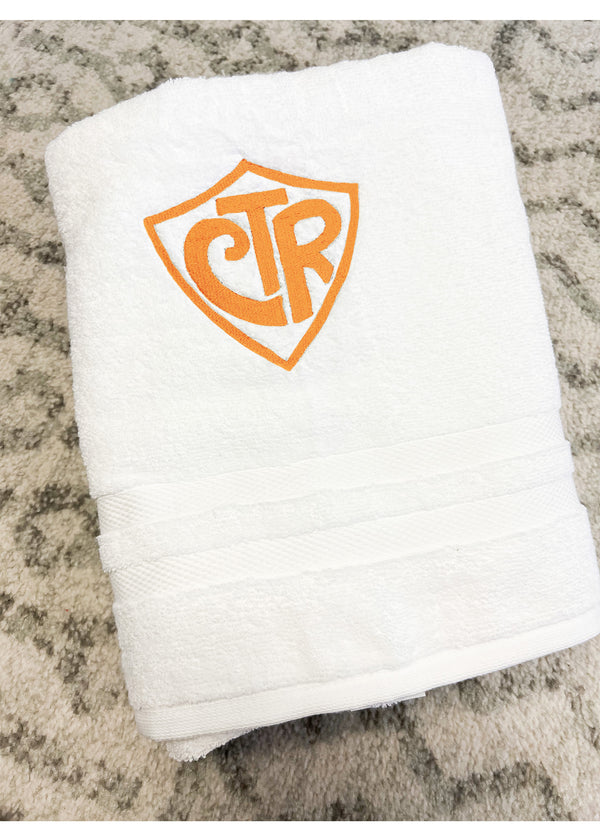Seam allowances and rag quilts are a funny topic among avid rag quilters. There really is no right or wrong answer when it comes to answering this age old questions. But there might be a right answer for you!
Let me help you decide which seam allowance is best for you.

How to Determine the Best Rag Quilt Seam Allowance
- Fluffiniess vs hiding fabric - the width of the exposed seam allowance will partially cover up the fabric underneath it. But rag quilts are also known for the fluffy exposed seams. If using a small block, reduce the width of the exposed seam (the seam allowance) to allow for the block to be more visible (for example a 5 inch block with a 1 inch seam allowance will only show about 3 inches of the block. Versus a 5 inch block with a 1/2 inch seam allowance will show 4 inches of the block)
- Clipping the Seams - the width of the clipped seams also lends to the how fluffy the exposed seam is. Clip 1/8th inch apart from each other for a very ragged effect, or clip 1/4 inch apart as the picture above is.
- Type of Fabric - if using 100% cotton fabric, the exposed seam will really fluff up a lot. Cotton frays, which is exactly what is wanted for rag quilts. A wider seam allowance will be great with 100% cotton fabrics. If using polyester, minky, or other fabrics that don't fray as well, a smaller seam allowance will be best.

I personally use (and prefer) a 1/2 inch seam allowance. Especially because of the skinny rectangles I most often use in quilts. It allows for more of the rectangle to be visible.
I also prefer it over a wider one, as that is the perfect width for the scissors that I use to easily open up to, the clip the next spot.
These are the scissors I personally prefer (and a post about all the ones I have tried)
In 2021 alone, I sewed and clipped over 200 quilts for
A Vision to Remember (also known as avtrboutique.com)
I also use a simple little straight edge magnet and place it on my seam allowance line on the plate on the sewing machine. This helps me to create a consistent seam allowance every single time without guessing. I have also used this little trick with my 13 year old that has become a wonderful seamstress. Check out these magnetic seam allowance guides on amazon
Check out all of our Rag Quilting Basics here on our blog!
As always, please let us know if you have any questions by emailing me at Bobbie@avisiontoremember.com









